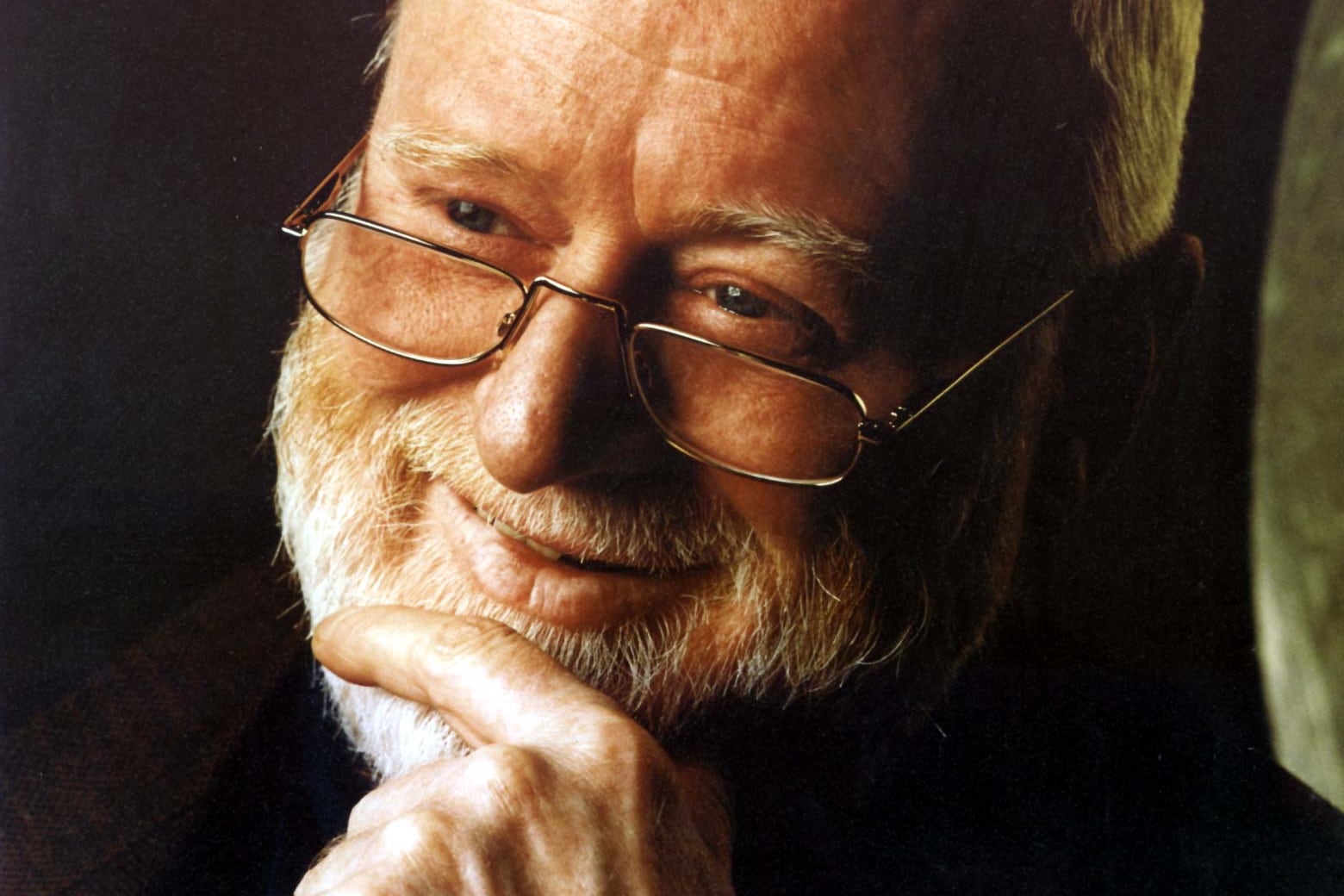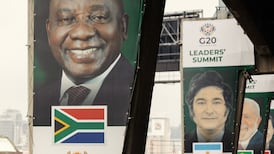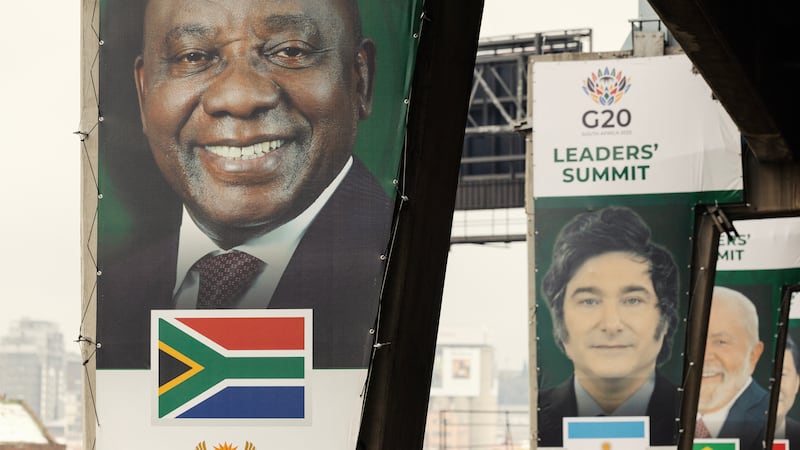Days after burying Benedict XVI, his close confidant Archbishop Georg Gänswein says Pope Francis “humiliated” him by stripping him of his Vatican duties after a row over a controversial book.
Competing with Prince Harry for Sunday headlines in Italy and his native Germany, Gänswein’s new memoir pulls back the curtain on his decade of tension as servant of two popes.
From 2003 Gänswein worked as personal secretary to Cardinal Joseph Ratzinger and was his omnipresent assistant during his reign as pope from 2005 until his resignation in February 2013.
In Nothing but the Truth, Gänswein reveals Benedict told him about his resignation plan five months earlier, on September 25th, 2012. Three months later, Benedict made Gänswein prefect of the pontifical household, overseeing papal audiences, events and trips.
RM Block
He remained in that role under Pope Francis until 2020, when he was effectively sidelined, a move Gänswein said had shattered irrevocably a “climate of trust” with the current pontiff.
“Benedict’s hope that I would be a link between him and his successor was somewhat naive,” writes Gänswein in an extract published by Italy’s Il Giornale newspaper.
The 66-year-old confirmed his final showdown with Pope Francis occurred over a book by conservative cardinal Robert Sarah, stressing a sacramental link between the priesthood and celibacy. It appeared – with a foreword by Benedict – just as Pope Francis was discussing looser celibacy rules as a possible solution to a priest shortage in the Amazon region.
Archbishop Gänswein failed in efforts to have Benedict’s name removed as co-author, and Cardinal Sarah insisted the retired pope had “personally confirmed to me that he welcomes this book and is happy with its publication”.

In his memoir Gänswein recalls how, when he requested a meeting to discuss the row, Pope Francis “seemed a bit surprised and, with a serious expression said: ‘Stay at home from now on. Stay with Benedict who needs you, be a protective shield for him’.”
When he told Benedict how Francis had put him on indefinite leave, the former pope reportedly told him: “I think that Pope Francis no longer trusts me and that he wants you to guard me.”
Effectively being fired was a “humiliating” experience, writes Gänswein, particularly as Benedict wrote twice to Francis, asking him to intervene in a controversy that saw his aide “under attack from all sides”.
Similar to Prince Harry’s memoir, Archbishop Gänswein’s book and promotional interviews are filled with perceived wounds and lingering resentment.
The former papal secretary says Benedict read “with pain in his heart” a 2021 edict from Francis reversing his own decision to allow wider celebration of the traditional Latin Mass.
Benedict’s 2007 liberalisation was, according to Gänswein, designed to ensure followers of the older liturgy “find their inner peace” within the Catholic Church and not drift off to traditionalist sects.
[ How Pope Benedict ignored Vatican responsibility for child sex abuse in IrelandOpens in new window ]
According to Gänswein the retired pope accepted Francis’s authority to make the decisions “but on a personal level believed it was a mistake”.
The book, appearing days after the late pope’s funeral, has been received critically in Rome. Archbishop Vincenzo Paglia, head of the Pontifical Academy for Life, and a Francis loyalist, told Italy’s RAI radio: “Silence would have been better.”
Some analysts suggest the book is effectively a parting shot by someone who is aware he will no longer play a senior role in the Holy See. Amid speculation over his future role, possibly in Germany or Liechtenstein, Gänswein said he had promised Benedict to destroy all his personal notes “without exceptions or back doors”.
On Sunday, three days after his burial, Benedict’s tomb beneath St Peter’s in Rome was opened to visitors for the first time.



















